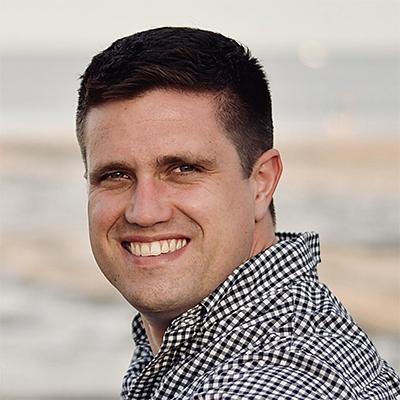In a recent New York Times column, Oren Cass of the Manhattan Institute argues persuasively that America invests too much money in an assumption that every student is bound for college—and far too little in other educational paths that might stand a better chance at propelling more students to fulfilling lives and remunerative careers.
Cass argues the current system of higher education subsidies and loans supports a “regressive” edifice that ultimately supports well-resourced students bound for four-year degrees.
He proposes a different arrangement that would place more resources in the hands of other students, who form a neglected majority:
What might such a pathway look like? For the roughly $100,000 that the public spends to carry many students through high school and college today, we could offer instead two years of traditional high school, a third year that splits time between a sophisticated vocational program and a subsidized internship, two more years split between subsidized work and employer-sponsored training, and a savings account with $25,000, perhaps for future training. Any American could have, at age 20, three years of work experience, an industry credential and earnings in the bank.
Broadly, this kind of concept has merit. In some ways, it’s similar to a policy proposal we developed for Pathway 2 Tomorrow that would bundle some existing K–12 and higher education funding into “lifelong learning endowments” that students could spend on college coursework or career training during high school, after graduation, or later in life.
Our proposal, and Cass’s column, stem from a growing recognition that the current high school-college-career training continuum is too rigid to meet the needs of most students now, and this problem could become more pronounced in the future if predictions about the impact of coming technological changes hold true. People might find a need to return to school, or refresh their skills, throughout their adult lives—something current policies don’t adequately support.
But those looking to rethink the high school-college-career prep equation should remember why “college for all” became a rallying cry in the first place. It’s been embraced, first and foremost, by advocates of educational equity who wanted to overturn the time-honored practice of “tracking”—which disproportionately steered low-income children and other underrepresented groups away from college preparation and into vocational classes.
As Howard Fuller recently argued during a keynote speech at ExcelinEd’s National Summit on Education Reform, some students might not be bound for college. But whether or not they go should be their decision, not a decision dictated by a lack of resources or academic preparation in preschool through 12th grade.
To ensure they have true agency when they select post-secondary options, every student needs an advocate. If a student faces high school graduation without an academic foundation that will allow them to succeed in college, chances are there were warning signs that could have been addressed far earlier in their educational career. Did their schools allow them to languish with below-grade-level material? Did they need supplemental tutoring, additional instructional time, or other support that, for whatever reason, was not available to them?
Fittingly, the need for stronger navigators, case managers, or learner advocates—trained people who understand the school system and can help students make their way through it, or the learning options that may be available to them outside of it—is a recurring theme in Thinking Forward, our recent volume of essays on the future of public education. It’s discussed in papers on equity, community assets, complex learners, funding, and the future of the teaching profession.
In addition to guidance, students will need flexibility. Some of the nation’s most cutting-edge apprenticeship programs don’t easily interface with course offerings or schedules at colleges or high schools. In many cases, students don’t have access to funding that will follow them to colleges, career training, or online courses that give them the flexibility to take advantage of education opportunities housed in a workplace.
Above all, though, students should have the ability to explore different academic and career pathways without closing the door on other opportunities. Students who earn welding certificates should be able to count that coursework toward a bachelor’s degree in mechanical engineering, and have the academic foundation necessary to pursue a business degree if they so choose.
That is why gateway academic competencies described by Paul Hill are so important. Adequate academic preparation will ensure students have a full range of options available to them once they reach high school.
In too many cases, “career pathway” has become a euphemism for “vocational track”—a second-class suite of educational options for lower-achieving students. We should not denigrate options for students who are not headed to a four-year university. Nor, as Cass argues, should we allow these options to be neglected in public policy. But we also shouldn’t settle for educational arrangements in which those pathways become the only option for any student.





